Denotified, Nomadic and Semi-Nomadic Tribes
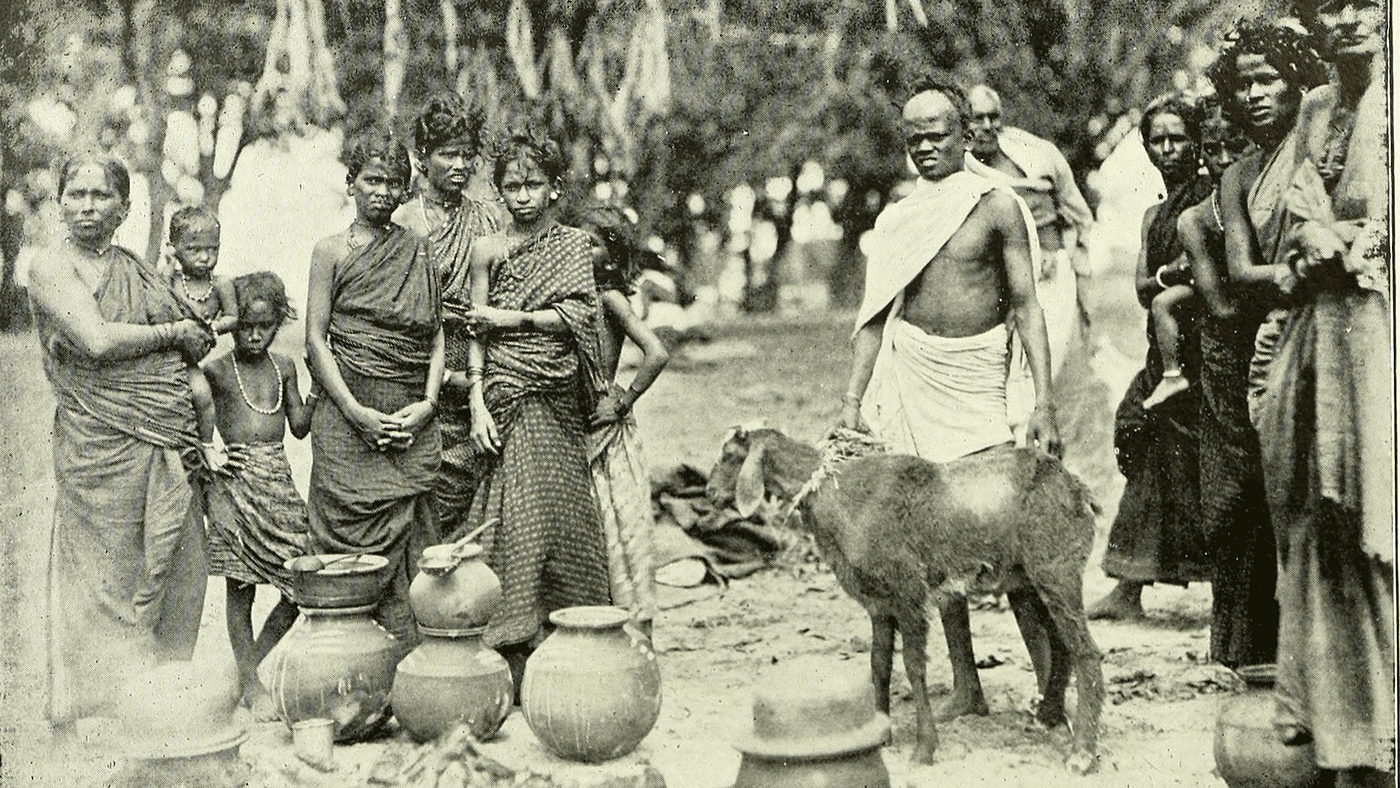
- 28 May 2024
Why is it in the News?
Denotified and Nomadic Tribes, a group of marginalised communities across Andhra Pradesh, have been silently suffering neglect and caste-based discrimination for centuries.
Who are Denotified, Nomadic, and Semi-Nomadic Tribes?
- Denotified, Nomadic and Semi-Nomadic Tribes are among the most vulnerable and deprived communities in India.
- Denotified Tribes (DNTs): These communities were labelled as 'born criminals' under British colonial laws, starting with the Criminal Tribes Act of 1871.
- The Independent Indian Government repealed these Acts in 1952, thereby 'de-notifying' these tribes.
- Nomadic and Semi-Nomadic Tribes: These groups are characterized by their mobility, moving from place to place rather than settling permanently.
- Historically, they have not had access to private land or home ownership.
Social and Historical Context:
- Categorization: Many DNTs are classified within Scheduled Castes (SC), Scheduled Tribes (ST), and Other Backward Classes (OBC), but some remain uncategorized in these groups.
Historical Commissions:
- Criminal Tribes Inquiry Committee (1947): Investigated the status of these tribes in the United Provinces (now Uttar Pradesh).
- Ananthasayanam Ayyangar Committee (1949): Led to the repeal of the Criminal Tribes Act.
- Kaka Kalelkar Commission (1953): The first OBC Commission.
- B.P. Mandal Commission (1980): Made recommendations concerning these communities.
- National Commission to Review the Working of the Constitution (NCRWC, 2002): Highlighted the wrongful stigmatization and exploitation of DNTs, chaired by Justice M.N. Venkatachaliah.
Population and Distribution:
- South Asia: Hosts the largest nomadic population in the world.
- India: Approximately 10% of the population is comprised of Denotified and Nomadic Tribes.
- There are about 150 Denotified Tribes and around 500 different Nomadic Tribes in India.
Challenges Faced by Nomadic Tribes:
- Lack of Basic Infrastructure: Nomadic tribes often lack access to essential facilities such as drinking water, shelter, sanitation, healthcare, and education.
- Stigma and Treatment: Historically labelled as criminals, these communities still face discrimination and harsh treatment from local authorities and police.
- Lack of Social Security: Due to their frequent movement, nomadic tribes do not have permanent settlements, which makes it difficult for them to obtain social security documents like Ration Cards and Aadhaar Cards.
- This exclusion prevents them from accessing government welfare schemes.
- Unclear Caste Categorization: The classification of these tribes varies across states, with some being categorized as Scheduled Castes (SC) and others as Other Backward Classes (OBC).
- Many individuals lack caste certificates, hindering their ability to benefit from government programs.
Developmental Efforts for Nomadic Tribes:
- Dr Ambedkar Pre-Matric and Post-Matric Scholarship for DNTs: Launched in 2014-15, this centrally sponsored scheme supports DNT students not covered under SC, ST, or OBC categories.
- The pre-matric scholarship promotes education among DNT children, especially girls.
- Nanaji Deshmukh Scheme of Construction of Hostels for DNT Boys and Girls: Also launched in 2014-15, this scheme is implemented through state governments, UT administrations, and central universities.
- It provides hostel facilities for DNT students not covered under SC, ST, or OBC categories, enabling them to pursue higher education.
- Scheme for Economic Empowerment of DNTs: Aim to offer free competitive exam coaching, health insurance, housing assistance, and livelihood initiatives.
- Allocates Rs. 200 crores to be spent over five years starting from 2021-22.
The Development and Welfare Board for De-notified, Nomadic, and Semi-Nomadic Communities (DWBDNC) is responsible for its implementation.
Onset of Monsoon
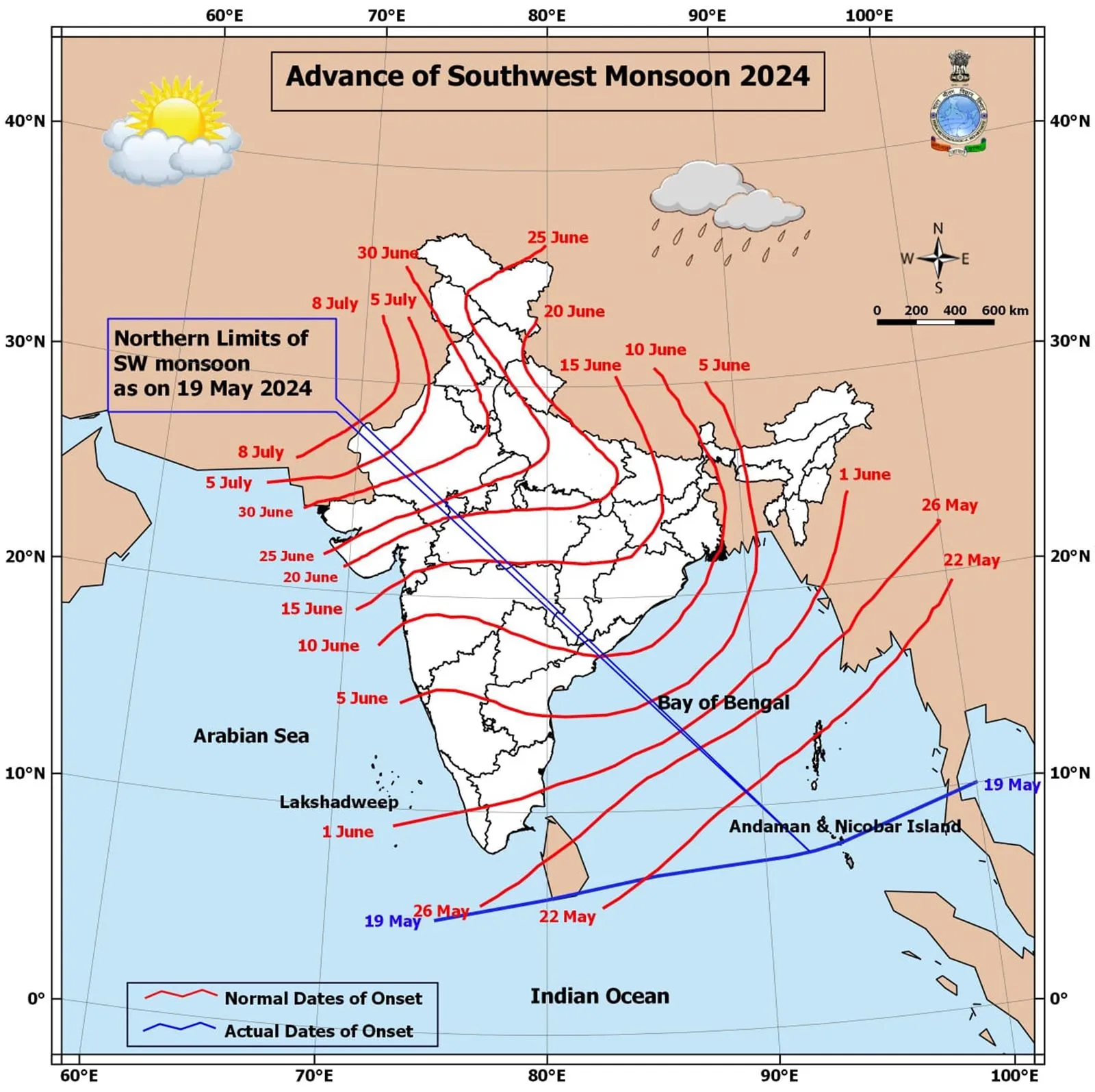
- 28 May 2024
Why is it in the News?
The southwest monsoon is progressing normally, and conditions are suitable for its onset on the Kerala coast in the next five days, the India Meteorological Department (IMD) said on Monday (May 27).
What does the ‘onset of monsoon’ Mean?
- The onset of the monsoon over Kerala marks the beginning of the four-month, June-September southwest monsoon season over India, which brings more than 70% of the country’s annual rainfall.
- The onset of the monsoon is a significant day in India’s economic calendar.
- According to the IMD, the onset of the monsoon marks a crucial transition in the large-scale atmospheric and ocean circulations in the Indo-Pacific region, and the Department announces it only after certain defined and measurable parameters, adopted in 2016, are met.
Onset & Advance of Monsoon:
- Broadly, the IMD checks for the consistency of rainfall over a defined geography, its intensity, and wind speed.
- Rainfall: The IMD declares the onset of the monsoon if at least 60% of 14 designated meteorological stations in Kerala and Lakshadweep record at least 2.5 mm of rain for two consecutive days at any time after May 10. In such a situation, the onset over Kerala is declared on the second day, provided specific wind and temperature criteria are also fulfilled.
- The 14 enlisted stations are Minicoy, Amini, Thiruvananthapuram, Punalur, Kollam, Alappuzha, Kottayam, Kochi, Thrissur, Kozhikode, Thalassery, Kannur, Kasaragod, and Mangaluru.
- Wind field: The depth of westerlies, prevailing winds that blow from the west at midlatitudes — should be up to 600 hectopascals (1 hPa is equal to 1 millibar of pressure) in the area bound by the equator to 10ºN latitude and from longitude 55ºE to 80ºE.
- The zonal wind speed over the area bound by 5-10ºN latitude and 70-80ºE longitude should be of the order of 15-20 knots (28-37 kph) at 925 hPa.
- Heat: According to IMD, the INSAT-derived Outgoing Longwave Radiation (OLR) value (a measure of the energy emitted to space by the Earth’s surface, oceans, and atmosphere) should be below 200 watts per sq m (wm2) in the box confined by 5-10ºN latitude and 70-75ºE latitude.
- Northern Limit of Monsoon (NLM): Southwest monsoon normally sets in over Kerala around 1st June.
- It advances northwards, usually in surges, and covers the entire country around the 15th of July.
- The NLM is the northernmost limit of monsoon up to which it has advanced on any given day.
In general, the Andaman and Nicobar Islands start receiving monsoon rainfall between May 15 and May 20 every year, and it usually starts raining along the Kerala coast in the last week of May.
Mundra Port
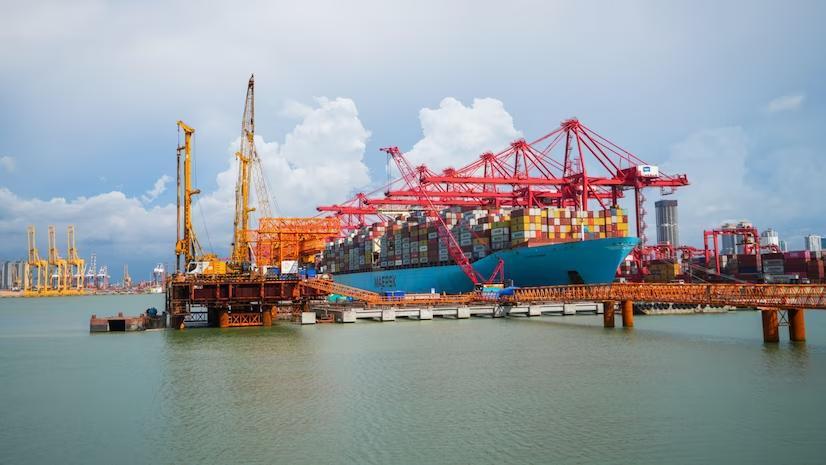
- 28 May 2024
Why is it in the News?
Adani Ports and Special Economic Zone Ltd (APSEZ) on Sunday said its flagship Mundra Port has created yet another record by welcoming the largest container ship to call at an Indian port.
About Mundra Port:
- Mundra Port is the largest private and container port in India.
- It is situated on the northern shores of the Gulf of Kutch, near Mundra in the Kutch district of Gujarat.
- It is a deep-draft, all-weather port and a designated special economic zone (SEZ).
- Mundra Port handles 33% of India's container traffic and is a critical hub for the nation's trade.
Ownership and Operations:
- Adani Ports and Special Economic Zone Limited (APSEZ), India's largest commercial port operator, oversees nearly one-fourth of the country's cargo movement.
Handling Capacity:
- Capacity: The port has a capacity of 260 million metric tons (MMT) and handled over 155 MMT in the fiscal year 2022-23, which represents nearly 11% of India’s maritime cargo.
- Facilities: Equipped with 26 berths and two single-point moorings, Mundra Port can accommodate a diverse range of vessels and cargo types, including containers, dry bulk, break bulk, liquid cargo, and automobiles.
- Coal Terminal: It hosts the country's largest coal import terminal, ensuring rapid cargo processing with minimal turnaround time.
- Connectivity: The port's rail network connects seamlessly with the national rail system, facilitating cargo transportation to any location in India.
What is MSC Anna?
- MSC Anna is the largest container ship ever to dock at an Indian port.
- Size: The vessel measures 399.98 meters in length, approximately the length of four football fields, making it one of the largest container ships globally.
- Capacity: MSC Anna can carry up to 19,200 TEUs (20-foot equivalent units).
With an arrival draft of 16.3 meters, it can only be accommodated at Adani Ports' Mundra Port, as no other port in India has the capability to berth such a deep-draft vessel.
ZIG Currency
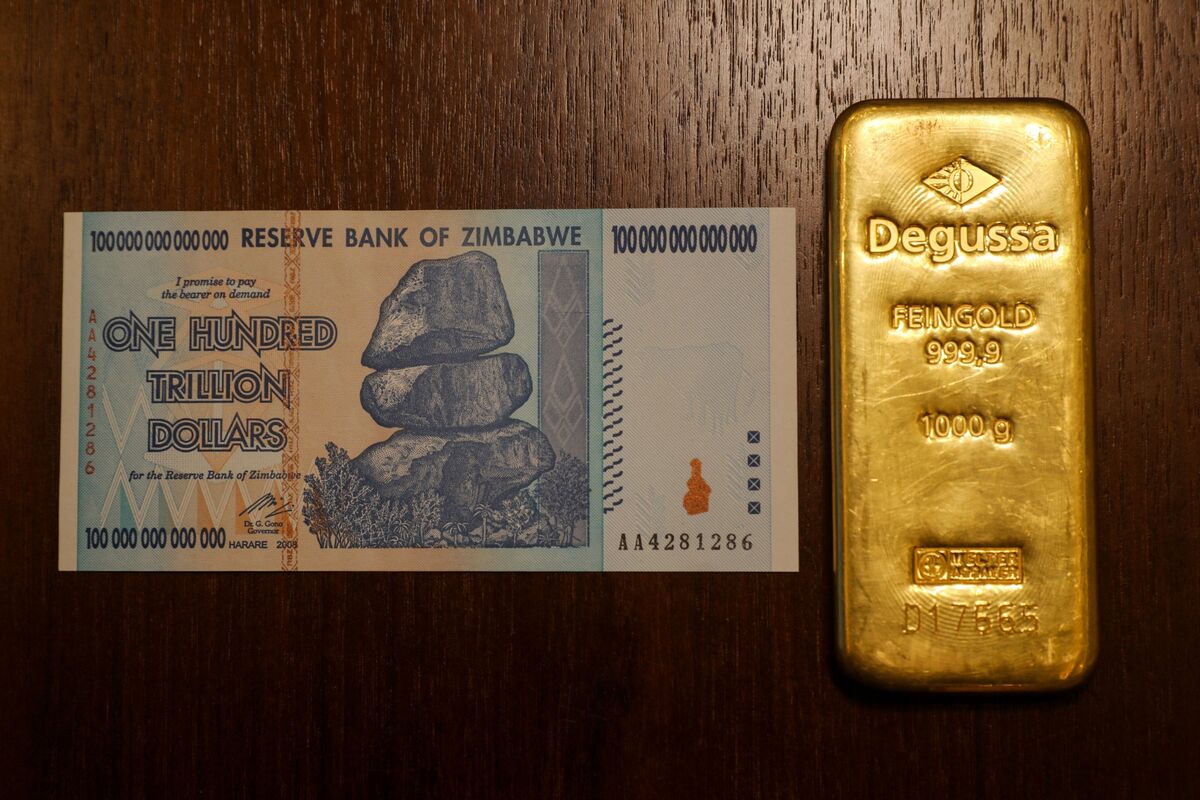
- 28 May 2024
Why is it in the News?
To address its long-standing economic instability, the Reserve Bank of Zimbabwe (RBZ) has launched a new gold-backed currency called the ZiG, short for Zimbabwe Gold, replacing the Zimbabwean dollar on April 5, 2024.
What is a ZiG Currency?
- Zimbabwe Gold, or ZIG, is the world's newest currency that was introduced by Zimbabwe to replace the Zimbabwe dollar in April.
- It is backed by the country's gold reserves and was launched in an effort to reduce currency instability and hyperinflation.
- It is the sixth currency Zimbabwe has used since the 2009 collapse of the Zimbabwe dollar amid hyperinflation of 5 billion per cent.
Features of ZiG currency:
- Gold-Backed: The ZiG is unique as it is backed by gold reserves, ensuring its value is supported by the physical gold held by the government.
- Denominations: ZiG notes and coins are issued in denominations of 1ZiG, 2ZiG, 5ZiG, 10ZiG, 20ZiG, 50ZiG, 100ZiG, and 200ZiG. This gold backing aims to provide stability and prevent currency devaluation.
Reasons for Launching a New Currency:
- High Inflation: Zimbabwe has struggled with extreme inflation, with rates exceeding 500% in recent years.
- Currency Instability: The Zimbabwean dollar, introduced in 1980, lost its value due to hyperinflation. The country's reliance on various foreign currencies, mainly the US dollar, has limited economic control.
- Historical Collapse: The collapse of the Zimbabwean dollar in 2009, with hyperinflation peaking at 5 billion per cent, is one of the worst currency crashes in history.
Economic Control: Converting the previous national currency, the Zimbabwe dollar, into ZiGs is intended to simplify monetary matters and provide certainty and predictability in the financial system.
Eucalyptus Tree
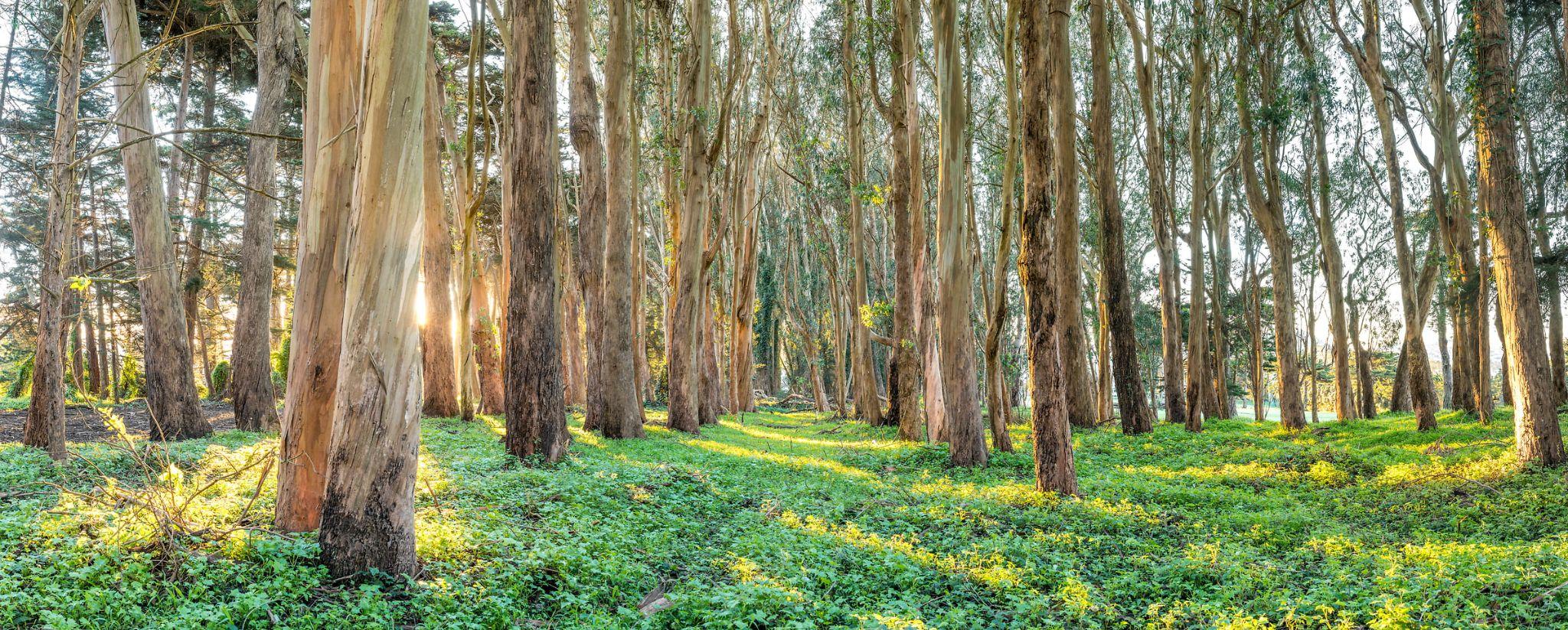
- 28 May 2024
Why is it in the News?
The Kerala government issued an order allowing the Kerala Forest Development Corporation (KFDC) to plant eucalyptus trees for its financial sustenance in 2024-2025.
What is the Eucalyptus Tree?
- Eucalyptus is an evergreen tree, one of the most widely cultivated trees native to Australia.
- In Australia, they are commonly referred to as gum trees or stringybark trees.
- The eucalyptus, which is an invasive species of flora, was planted in large numbers by the British in the areas surrounding Nilgiris.
- Many eucalyptus species are cultivated globally as shade trees and in forestry plantations.
Features:
- Bark: Eucalyptus trees have gum-infused bark.
- Leaves: They feature long stems and circular leaves, which are difficult to digest if eaten whole.
- Flowers: Small flowers grow on eucalyptus trees, available in various colours including white, yellow, and shades of red.
- Capsules: Eucalyptus produces small woody capsules that contain seeds.
Uses of Eucalyptus:
- Medicinal Properties: Eucalyptus is widely valued for its medicinal benefits. Some species' leaves contain oil with a strong aroma, primarily composed of cineole (eucalyptol), along with flavonoids and tannins, which have anti-inflammatory and antioxidant properties.
- Respiratory Relief: Eucalyptus oil is well-known for relieving congestion and easing breathing during colds.
- Pain Relief: The oil is also used as a topical treatment for sore muscles, aching joints, and rheumatism, improving blood circulation when applied.
- Wood: Eucalyptus wood is tough and durable, making it ideal for building furniture and fences.
Eucalyptus Plantations in India:
- Species: The most widely planted eucalypts in India are Eucalyptus tereticornis and Eucalyptus hybrid.
- Regions: It is extensively grown in Tamil Nadu, Andhra Pradesh, Gujarat, Haryana, Mysore, Kerala, and the Nilgiri Hills.
- Growing Conditions: Eucalyptus thrives in deep, fertile, well-drained loamy soil with adequate moisture.
Dangers of Eucalyptus Tree:
- Water: Eucalyptus trees have a terrible reputation as extensive water users and significant contributors to soil depletion.
- While they do need copious quantities of water, their colossal taproot can find moisture even in the most barren areas.
- This voracious appetite helps maintain their incredibly rapid growth.
- Toxicity: Eucalyptus plant foliage is toxic to animals and humans if ingested.
- Exploding: Eucalyptus oil gives off flammable fumes, and these fumes can be ignited by lightning, flying sparks, and cinders, causing the tree to explode.
Fireballs: During brush or forest fires, the eucalyptus species releases great quantities of flammable gas that mix with air to produce fireballs full of sparks and embers exploding out in front of the fire.
